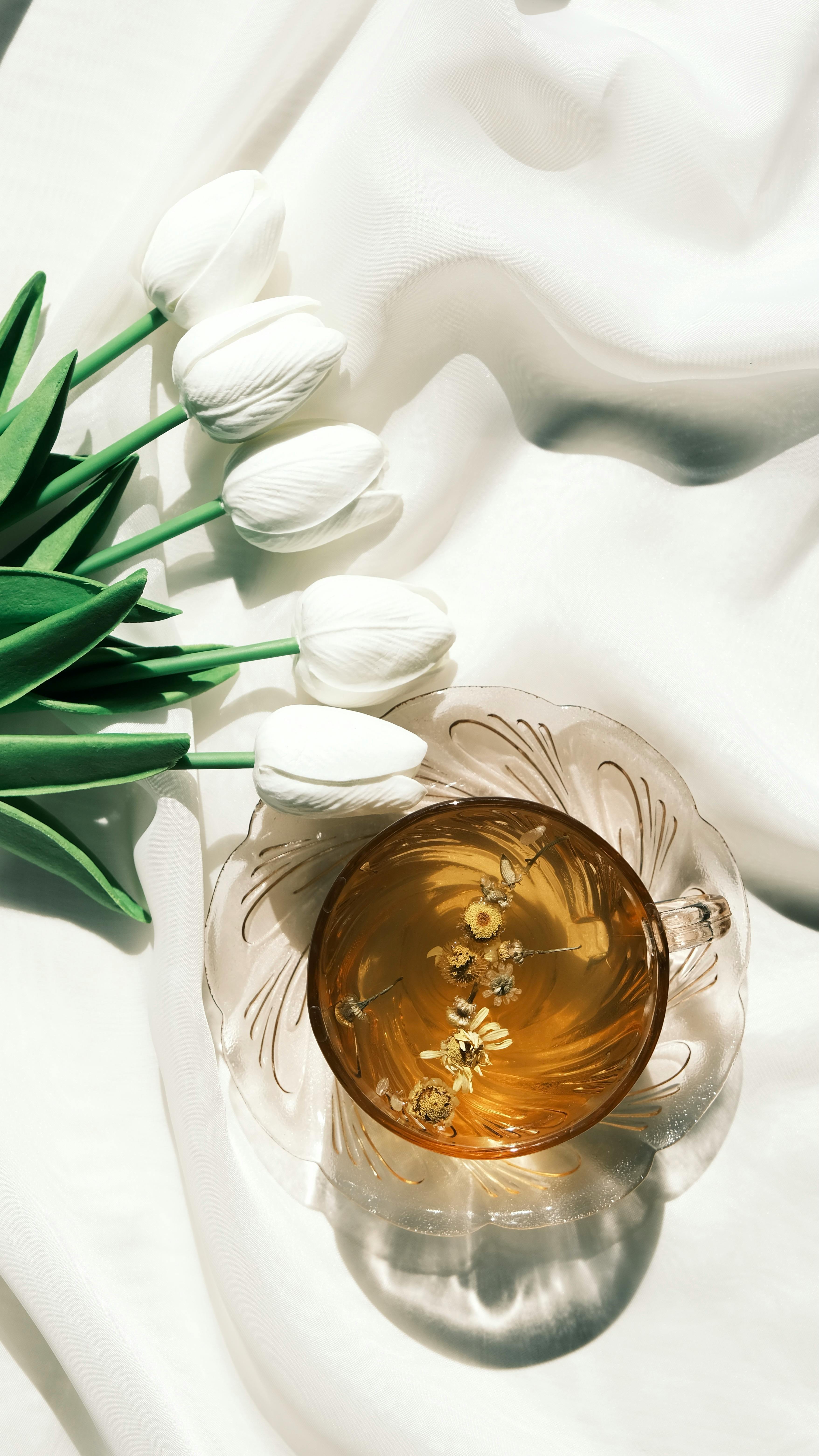Apply Now
Essential Guide to Successfully Growing Cilantro for Fresh Cooking
Growing cilantro, also known as coriander, is a rewarding endeavor for culinary enthusiasts and home cooks alike. Renowned for its distinct flavor and versatility in various cuisines, cilantro is a staple herb that complements a multitude of dishes. This article will provide you with comprehensive cilantro growing tips, covering everything from planting instructions to pest control and harvesting techniques. By understanding cilantro's growth requirements and care, you can successfully cultivate this herb in your garden or even indoors, ensuring that you always have fresh cilantro on hand for your culinary creations.
Cilantro is not only a powerful flavor enhancer but also offers numerous health benefits, making it a must-have for your herb garden. In this guide, we'll explore the best practices for growing cilantro in various environments, including outdoor gardens and indoor setups. We will also delve into optimal soil conditions, watering needs, and the best times to plant cilantro to maximize your harvest. Additionally, you'll learn how to deal with common cilantro growing problems, ensuring a bountiful supply of this aromatic herb throughout the growing season.
By the end of this article, you will be well-equipped with the knowledge and practical tips needed to grow cilantro successfully. Prepare to enhance your cooking with fresh cilantro, bringing vibrant flavors and health benefits to your meals!
Understanding Cilantro Growing Requirements
To grow cilantro effectively, it is crucial to understand its basic needs. Cilantro thrives in specific conditions, which can greatly influence its growth rate and overall health.
Best Soil for Cilantro
The foundation of healthy cilantro growth lies in the soil. Cilantro prefers well-draining, loamy soil rich in organic matter. Adding compost or well-rotted manure can improve soil quality, providing essential nutrients for the plants. Ensure the pH of the soil is between 6.2 and 6.8 for optimal growth. Sandy soils can also work well, as long as they maintain moisture without becoming waterlogged.
Cilantro Watering Needs
Proper watering is critical in cilantro cultivation. This herb prefers moderately moist soil, so it's essential to water it regularly, especially during the hot summer months. Overwatering can lead to root rot, while underwatering can hinder growth. A weekly watering routine, adjusted based on weather conditions, is generally sufficient. Using mulch can help retain moisture and suppress weeds, further benefitting your cilantro plants.
Optimal Sunlight Needs for Cilantro
Cilantro thrives in full sun but benefits from partial shade, especially in warmer climates. Ideally, it should receive about 6 hours of sunlight per day. When growing cilantro during hot summer months, providing a little afternoon shade can prevent bolting, a condition where the plant goes to seed prematurely. Striking the right balance of sunlight ensures lush, flavorful foliage for your culinary uses.
When and How to Plant Cilantro
Timing your cilantro planting correctly can play a major role in your success as a gardener. Cilantro is a cool-weather herb that can be sown directly into the garden or in containers.
Cilantro Seed Germination
Cilantro seeds typically take about 7 to 12 days to germinate, depending on the temperature and moisture levels. Plant cilantro seeds approximately 1/4 to 1/2 inch deep, spacing them about 6 inches apart. To ensure a continuous supply throughout the growing season, sow seeds every 2-3 weeks. For those in warmer climates, early spring and fall are the best times to plant cilantro, while indoor gardeners can plant cilantro year-round.
Cilantro Transplanting Techniques
If starting cilantro from seedlings, transplant them into the garden once they are about 3 inches tall. When transplanting, handle the seedlings carefully to avoid damaging the roots. Space them about 6-8 inches apart in well-prepared soil. Keep a watchful eye on the seedlings during the first week post-transplant, as they adjust to their new environment.
Growing Cilantro in Pots
For those with limited space, growing cilantro in pots is an excellent alternative. Ensuring the pot has drainage holes is crucial to avoid water retention. Use quality potting mix that retains moisture but drains well. Place the pots in a sunny spot on your patio or kitchen windowsill. This method provides easy access to fresh cilantro for cooking while allowing you to control environmental conditions. 
Cilantro Care Guide: Nurturing Your Plants
Once your cilantro is planted, proper care is essential for maintaining healthy growth.
Cilantro Fertilizer Application
Cilantro does not require heavy fertilization; however, a light feeding with a balanced liquid fertilizer every few weeks can promote healthy growth. Consider organic options, such as fish emulsion or seaweed extract, which provide essential nutrients without harming the environment. Be cautious not to over-fertilize, as this can lead to excessive leaf growth and reduced flavor.
Cilantro Pruning Techniques
Regular harvesting and pruning can enhance cilantro growth. Trim the leaves when they reach about 6 inches in height, which encourages more lateral growth and prevents the plant from bolting. Removing flower stems as they appear can also extend the harvesting period. When harvesting, cut from the outer leaves first and leave the inner leaves to mature further.
Cilantro Pest Control Strategies
Cilantro can be susceptible to pests such as aphids and spider mites. Regularly inspect your plants and use organic pest control methods to address infestations. Neem oil is a safe and effective option for managing pests without harming beneficial insects. Additionally, attracting predatory insects, like ladybugs, can help manage pest populations naturally. 
Cilantro Harvesting and Storage Tips
Successfully harvesting cilantro is key to maximizing its use in the kitchen.
Cilantro Harvest Time
You can begin harvesting cilantro about 3-4 weeks after planting, once the leaves are sufficiently developed. Harvesting in the morning when the leaves are crisp and full of moisture results in the best flavor. Always use clean scissors or garden shears to avoid damaging the plant.
Cilantro Storage Techniques
For optimum freshness, cilantro can be stored in the refrigerator. Place it upright in a jar of water, covering the leaves loosely with a plastic bag. Alternatively, rinsing the leaves and drying them gently before storing them in a sealed container can help maintain freshness. Keep in mind that cilantro has a short shelf life, so use it within a week for the best flavor.
Common Cilantro Problems and Solutions
Cilantro can face issues like wilting, yellowing leaves, or pests. Wilting may be a sign of underwatering, while yellowing leaves often indicate overwatering or nutrient deficiencies. Adjusting watering practices or applying a balanced fertilizer can help resolve these issues. If pests are present, using organic pest control methods can effectively mitigate damage.
Benefits of Growing Cilantro at Home
Incorporating cilantro into your garden offers numerous benefits beyond its delightful flavors.
Culinary Uses and Flavor Profile
Cilantro is an essential ingredient in various cuisines, from Mexican salsa to Indian curry. Its flavor is distinctive, providing a fresh and vibrant taste that enhances dishes. Home-cooked meals with fresh cilantro elevate your cooking, allowing for deeper flavors and healthier options.
Cilantro Health Benefits
Cilantro is rich in antioxidants and has been linked to better digestion and improved immune function. Adding fresh cilantro to your diet not only boosts flavor but also contributes to overall health, making it a desirable addition to any kitchen.
Connecting with Local Gardening Communities
Being part of a gardening community can provide support and valuable information on cilantro growing techniques. Sharing experiences and techniques with fellow gardeners helps enhance your gardening skills and makes the process even more enjoyable.
Its part of generated content. Can i generate another part?


